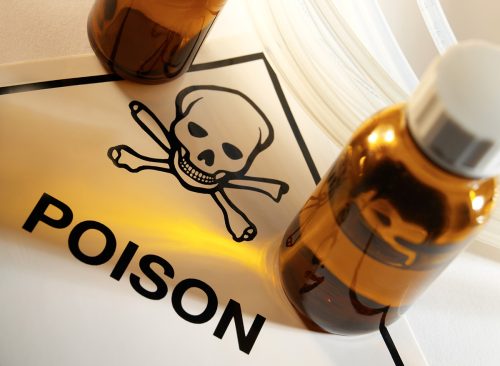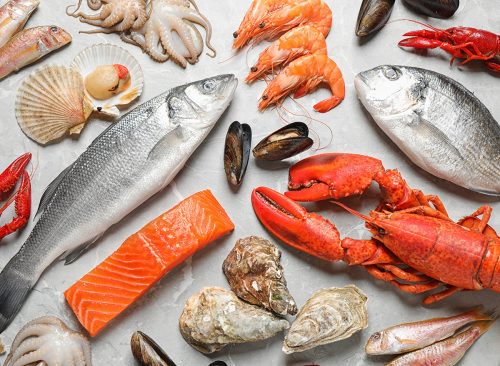How Much Arsenic in Fish Is Safe? Experts Weigh In After Joe Rogan’s Revelation
Here is what you need to know about arsenic in sardines and other seafood.

Canned sardines offer many health benefits, as they are rich in omega-3 fatty acids. However, too much of a good thing can make you sick, and Joe Rogan is living proof. On a new episode of his podcast, the comedian and UFC commentator revealed that after eating excessive amounts of sardines, he developed arsenic poisoning.

“You can get arsenic from sardines, too,” Rogan told Elon Musk on a recent episode of The Joe Rogan Experience. “I found that out the hard way.”

When he discovered the low levels of arsenic in his blood he initially thought that someone was poisoning him. However, doctors later attributed it to his sardine habit, which involved him eating three cans when he returned from the comedy club.

“That’s a lot of sardines, man,” Musk responded. Rogan previously revealed that his physician told him to “cut” sardines “out” of his diet. He added that when he returned to get his bloodwork done, there was “no more arsenic” in his blood.

Arsenic, a heavy metal, is absorbed into your body daily via the air you breathe, the water you drink, and the food you eat, explains the CDC. Of these, food is usually the largest source of arsenic. “The predominant dietary source of arsenic is seafood, followed by rice/rice cereal, mushrooms, and poultry. While seafood contains the greatest amounts of arsenic, for fish and shellfish, this is mostly in an organic form of arsenic called arsenobetaine that is much less harmful,” they explain.

The average person takes in about 50 micrograms (1 microgram equals one-millionth of a gram) each day, and the level of inorganic arsenic (the form of most concern) you take in from these sources is generally about 3.5 micrograms/day, the CDC adds.

Arsenic poisoning symptoms come in many forms. You may experience irritation of your stomach and intestines, with symptoms such as stomach ache, nausea, vomiting, and diarrhea.

“Other effects you might experience from swallowing inorganic arsenic include decreased production of red and white blood cells, which may cause fatigue, abnormal heart rhythm, blood-vessel damage resulting in bruising, and impaired nerve function causing a “pins and needles” sensation in your hands and feet,” they CDC adds.

Perhaps the single-most characteristic effect of long-term oral exposure to inorganic arsenic is a pattern of skin changes, the CDC says. These include patches of darkened skin and the appearance of small “corns” or “warts” on the palms, soles, and torso, “and are often associated with changes in the blood vessels of the skin. Skin cancer may also develop,” says the health organization.

Swallowing arsenic has also been reported to increase the risk of cancer in the liver, bladder, and lungs. “The Department of Health and Human Services (DHHS) has determined that inorganic arsenic is known to be a human carcinogen (a chemical that causes cancer). The International Agency for Research on Cancer (IARC) has determined that inorganic arsenic is carcinogenic to humans. EPA also has classified inorganic arsenic as a known human carcinogen,” says the CDC.

Rogan isn’t the only one who experienced arsenic contamination from canned fish. One case study documented arsenic poisoning in a 45-year-old man presenting with symptoms including headache and sensitivity to noise and light after “heavy consumption” of sardines.
RELATED: 90% of People Who Die From COVID Have This in Common

While the FDA doesn’t issue exact guidelines for sardine consumption, they recommend eating all types of seafood in moderation and avoiding varieties prone to high levels of contaminants, including mercury and arsenic.














